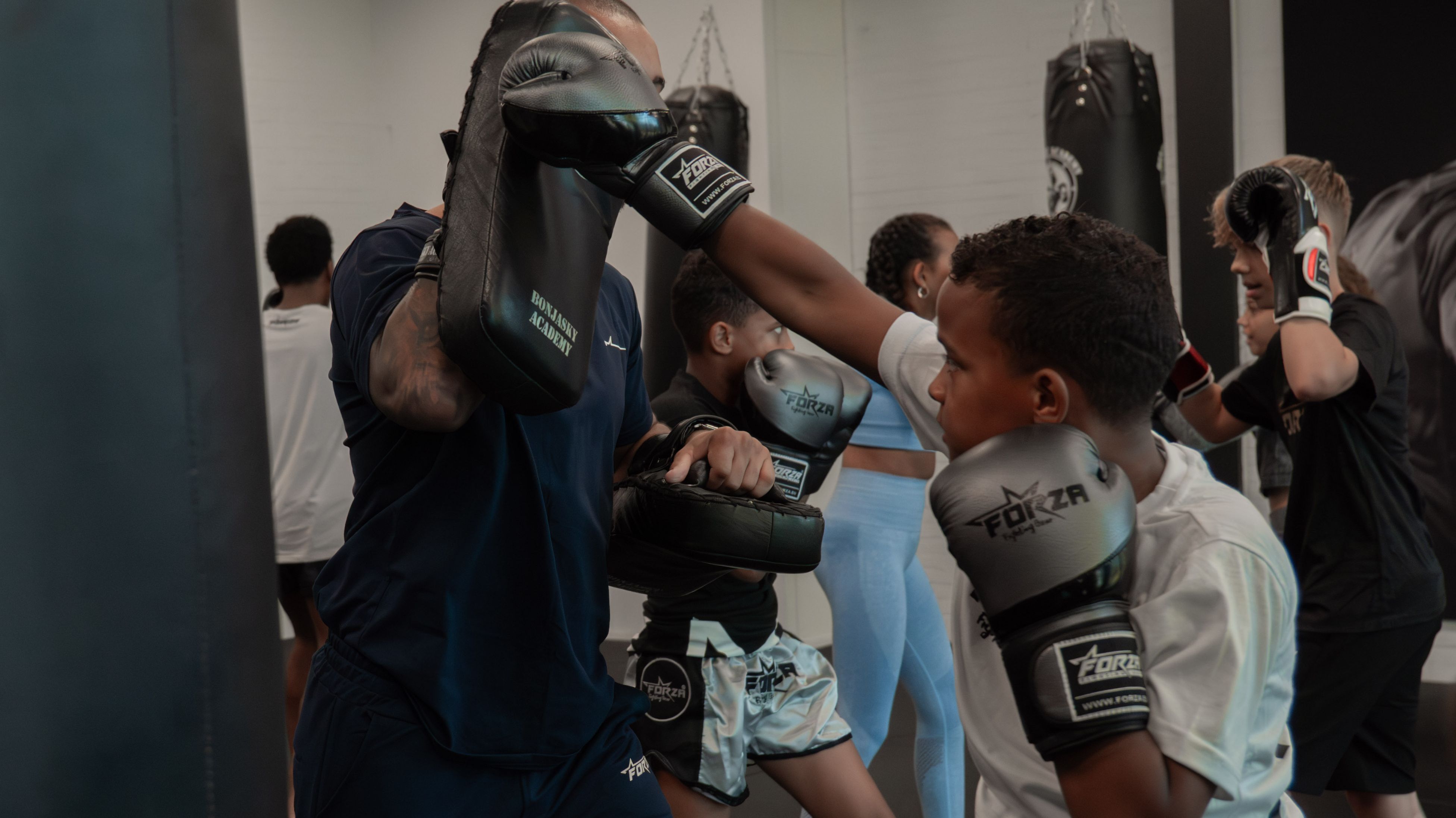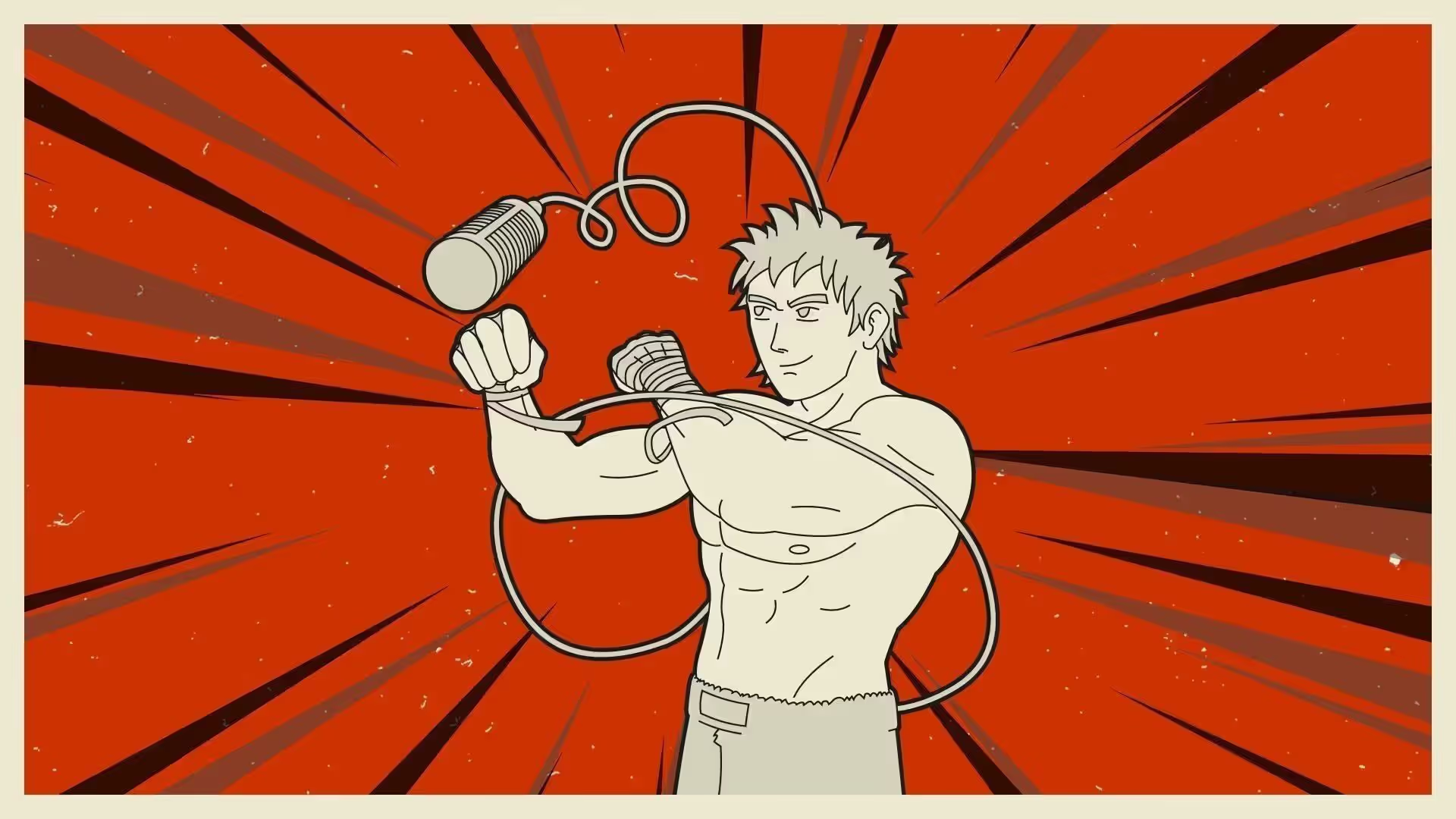It is Saturday night, December 11, 2010. The final bell has sounded as referee Nobuaki Kakuda winds down the fight between two Dutch kickboxers early in the final of the eighteenth edition of the K-1 World Grand Prix. Alistair Overeem defeated Peter Aerts by knockout to crown himself Grand Prix champion.
This highlight was short-lived, as organization K-1 faced financial problems, and not too long after, K-1 itself got knocked out. After almost twenty years, they went bankrupt. The biggest kickboxing promoter in the world was no more. This went through the martial arts scene like a shock wave. There was no longer a place where you could truly crown yourself a world champion, no longer a place where you could immortalize yourself as the very best kickboxer in the world.
Various organizations got off the ground. Some made an impact, but many did not. Long story short: the kickboxing landscape splintered. Where the sport's greats used to traditionally gather in December to fight out who was the strongest of the year, these greats fought on smaller stages. Whereas the hardcore kickboxing fan knew where to look, it was quite difficult for the general public to follow the sport. This combined with the rapidly growing popularity of the UFC, this was a proverbial knock-down for the sport.
But being knocked down doesn't automatically mean you can't get up. More than a decade later, the sport remains splintered, but the biggest organizations stand tall. Where RISE and the K-1 resurrected from the ashes and dominate in Japan, GLORY is the biggest in Europe. ONE Championship is the odd man out as an organization with multiple martial arts disciplines, but focuses primarily on Asia.
Despite the fragmentation, there have never been so many opportunities to watch high-level kickboxing. The downside? The very best fighters don't always end up facing each other. Take the 70kg division, for example. GLORY claims that their champion Tyjani Beztati is the best in the world, while ONE Championship says, "No no, that's our champion Chingiz Allazov!", K-1 argues for Ouyang Feng and RISE for Kaito. Great for the organizations, but less great for the fans. It remains a sad "what if" scenario. Or does it?
In a major plot twist, GLORY and RISE announced in January that they will team up under the banner 'RISE of GLORY League'. They want to offer fans what they have been asking for a long time. They will start with a joint ranking for the 65kg division and with the icing on the cake the year will end with an eight-man tournament, where the best 65kg fighters from RISE and GLORY will fight out who is the very best. That’s great news and it doesn't stop from there, as RISE turns out to be a collaborator. Indeed, they are also going to partner with K-1 and have announced to put down ten RISE vs. K-1 bouts spread over two events! Like two competing supermarket chains announcing that they will offer a composite assortment. Unprecedented.
So what does the first paragraph of my column have to do with this? Now I am not saying that the greatness of the "old K-1" is back, but as the saying goes "iron sharpens iron" and I see a spark. If there is anything I have learned is that as kickboxing fans we almost never get what we ask for, but I believe that cooperation is the key to that greatness. Our sport, despite everything, is still widely niche and instead of being on separate islands (I'm looking at you ONE Championship) we need to look to connect and help each other. Together we spread the beauty of kickboxing.
De Kickboks Podcast regularly publishes new episodes (in Dutch) on YouTube, Spotify en Apple Podcasts.
3 comentários
Mooi!
Mooi column! Mike Passenier heeft het ook mooi benoemt, als kickboks organisaties moet je niet tegen elkaar concurreren maar je moet concurreren tegen de andere sporten en entertainment.
Mooi geschreven!



















